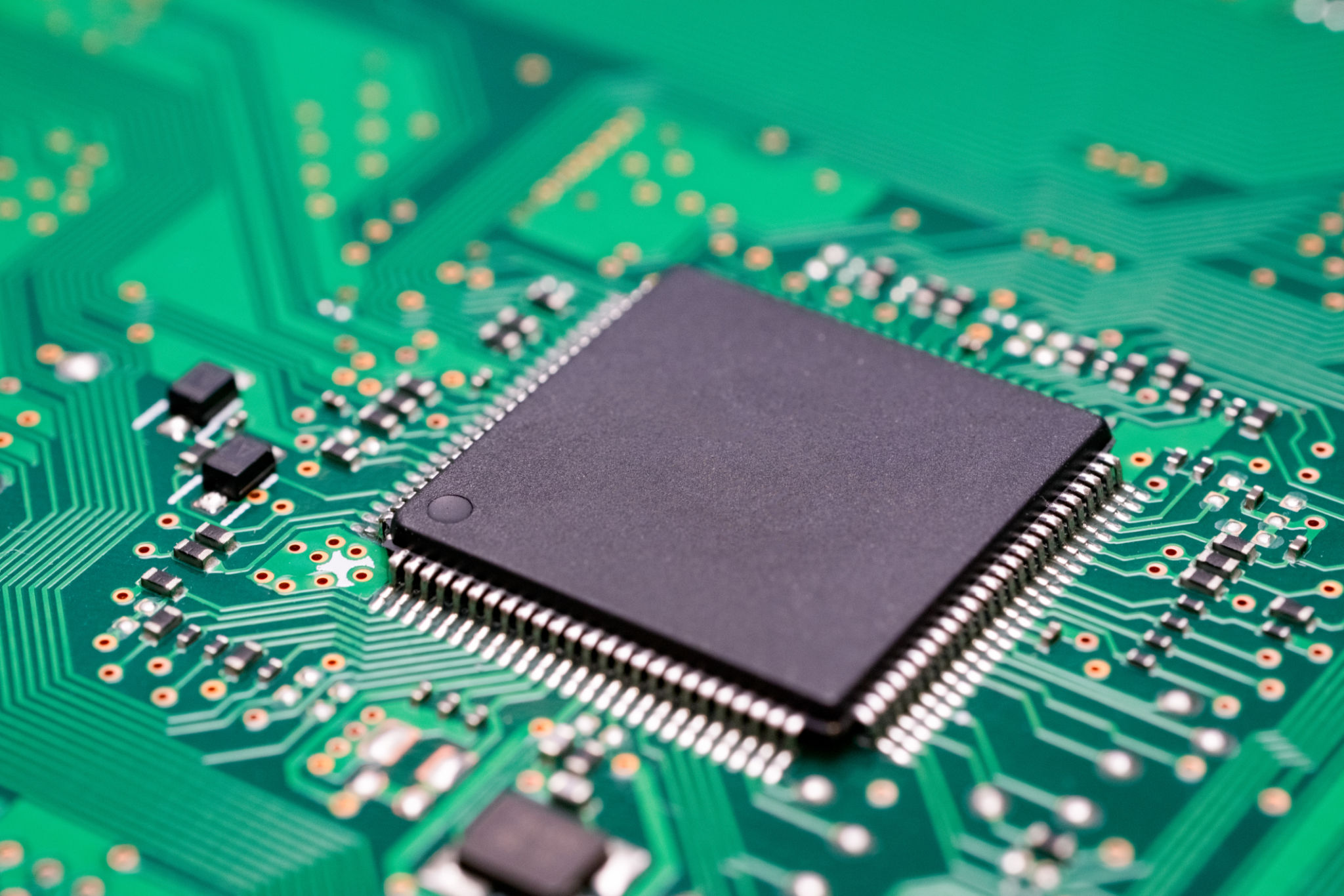Comprehensive Guide to Choosing the Right Hardware for Your Needs
Al
Understanding Your Hardware Needs
Choosing the right hardware for your needs can be a daunting task, especially with the plethora of options available in the market today. Whether you're setting up a new office, upgrading your home computer, or selecting tools for a specific project, understanding your hardware requirements is crucial. Start by identifying the primary purpose of the hardware you need. Is it for gaming, professional work, or everyday tasks? Knowing this will significantly narrow down your options and help you make a more informed decision.

Types of Hardware
There are several types of hardware components to consider, including processors, memory, storage devices, graphics cards, and peripherals. Each type plays a unique role in how effectively your system performs. For instance, if you're into gaming or video editing, investing in a high-end graphics card is essential. On the other hand, for general office work, a mid-range processor and adequate memory might suffice. Understanding these components and their functionalities is the first step toward making the right choice.
Processor and Memory
The processor, often referred to as the computer's brain, and the memory (RAM) are critical for determining the speed and performance of your system. A faster processor ensures quicker data processing, while more RAM allows for better multitasking. When choosing these components, consider what applications you'll be running. For basic tasks like browsing and document editing, an entry-level processor with 4GB of RAM may be enough. However, for heavy-duty tasks like video rendering, look for at least an Intel i7 or AMD Ryzen 7 processor paired with 16GB of RAM.

Storage Solutions
Storage is another essential factor to consider. The choice between an HDD (Hard Disk Drive) and an SSD (Solid State Drive) can significantly impact performance. SSDs are faster and more reliable but often come at a higher price point. If speed is a priority, investing in an SSD is worthwhile. For those who need ample storage space without the cost, combining a smaller SSD for the operating system with a larger HDD for files can be an efficient solution.
Graphics Cards and Peripherals
For tasks involving graphics-intensive applications such as gaming or 3D modeling, selecting the right graphics card is crucial. Brands like NVIDIA and AMD offer various options catering to different performance levels and budgets. Additionally, don't overlook peripherals such as monitors, keyboards, and mice. These should complement your main hardware choices to provide a seamless user experience.

Budget Considerations
Your budget will play a significant role in your hardware decision-making process. It's important to strike a balance between cost and performance. Prioritize components that will give you the most value for your investment. Remember that sometimes spending a little more initially can save you from frequent upgrades in the future.
Future-Proofing Your Setup
Technology evolves rapidly, making it crucial to consider future-proofing your hardware setup. Opt for components that offer scalability options, such as additional RAM slots or support for newer processors. This approach not only extends the life of your current system but also provides flexibility for upgrades as your needs change.
Conducting Research
Before making any purchase, conduct thorough research. Read reviews from credible sources and consult user feedback to gauge real-world performance. Comparing specifications across different brands and models can also help ensure that you're getting the best deal possible.

In conclusion, selecting the right hardware involves understanding your requirements, researching options, and balancing performance with cost. By considering factors such as processor speed, memory capacity, storage solutions, and future scalability, you can build a system that meets your current needs while remaining adaptable for future advancements.